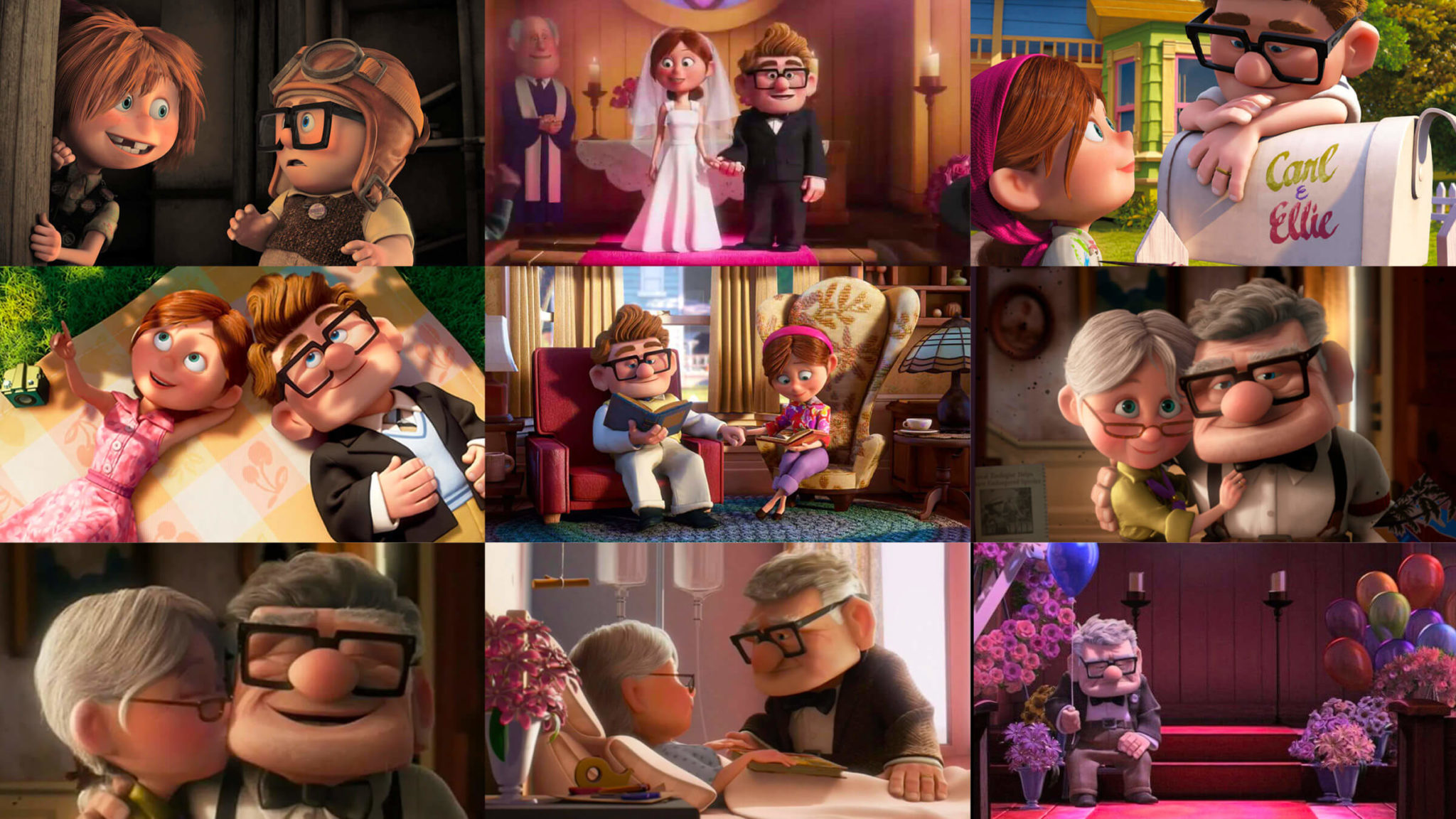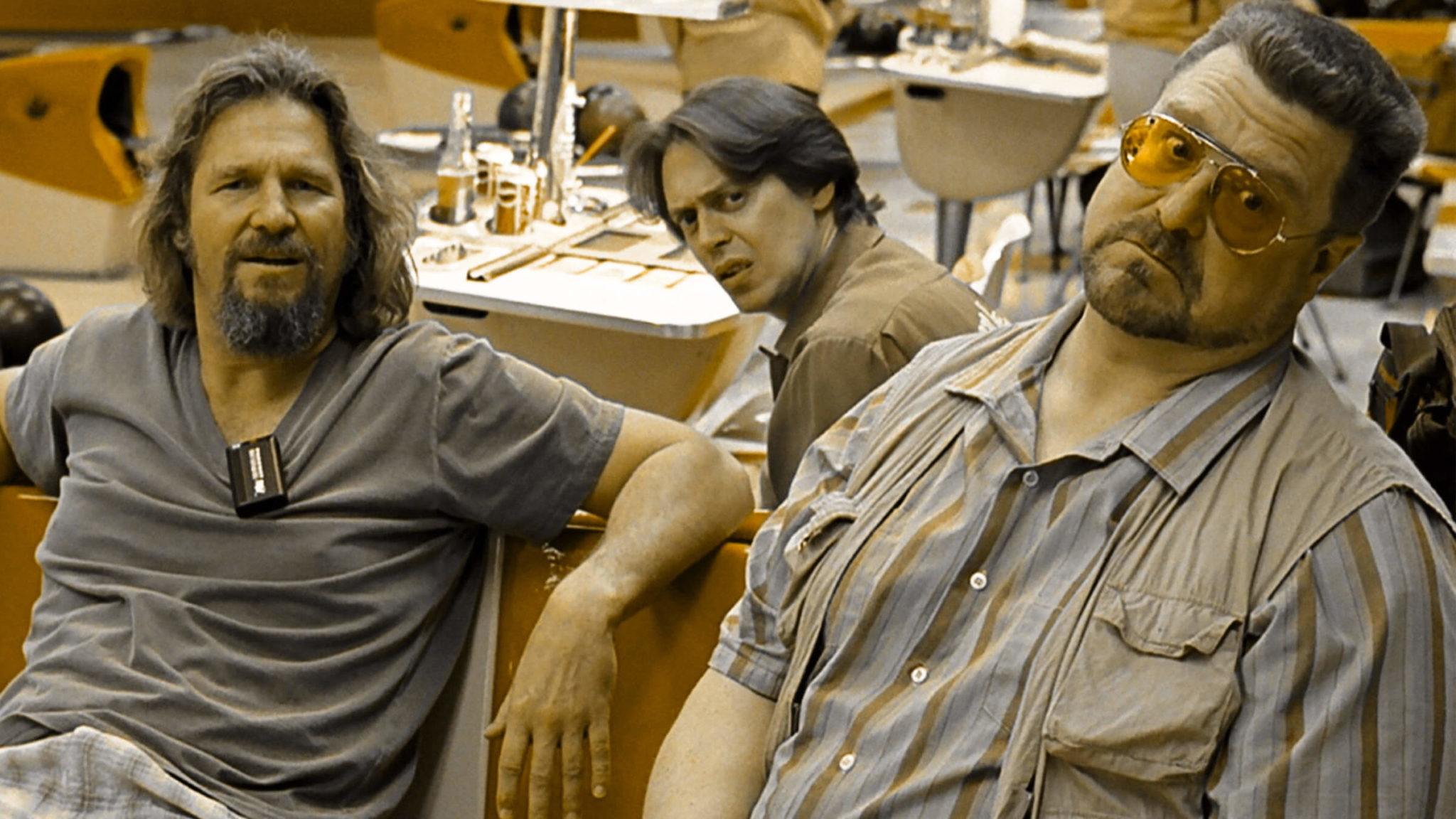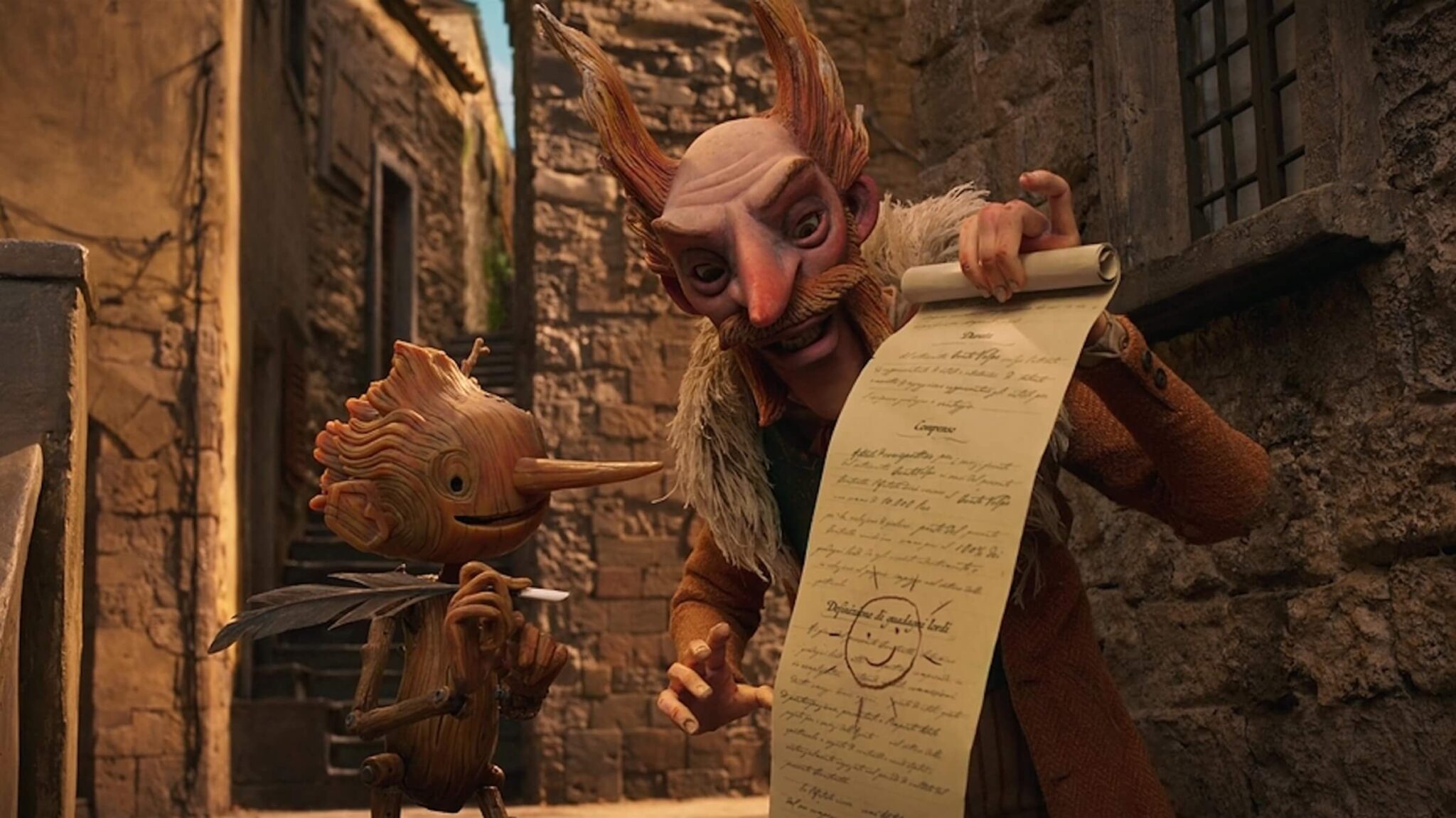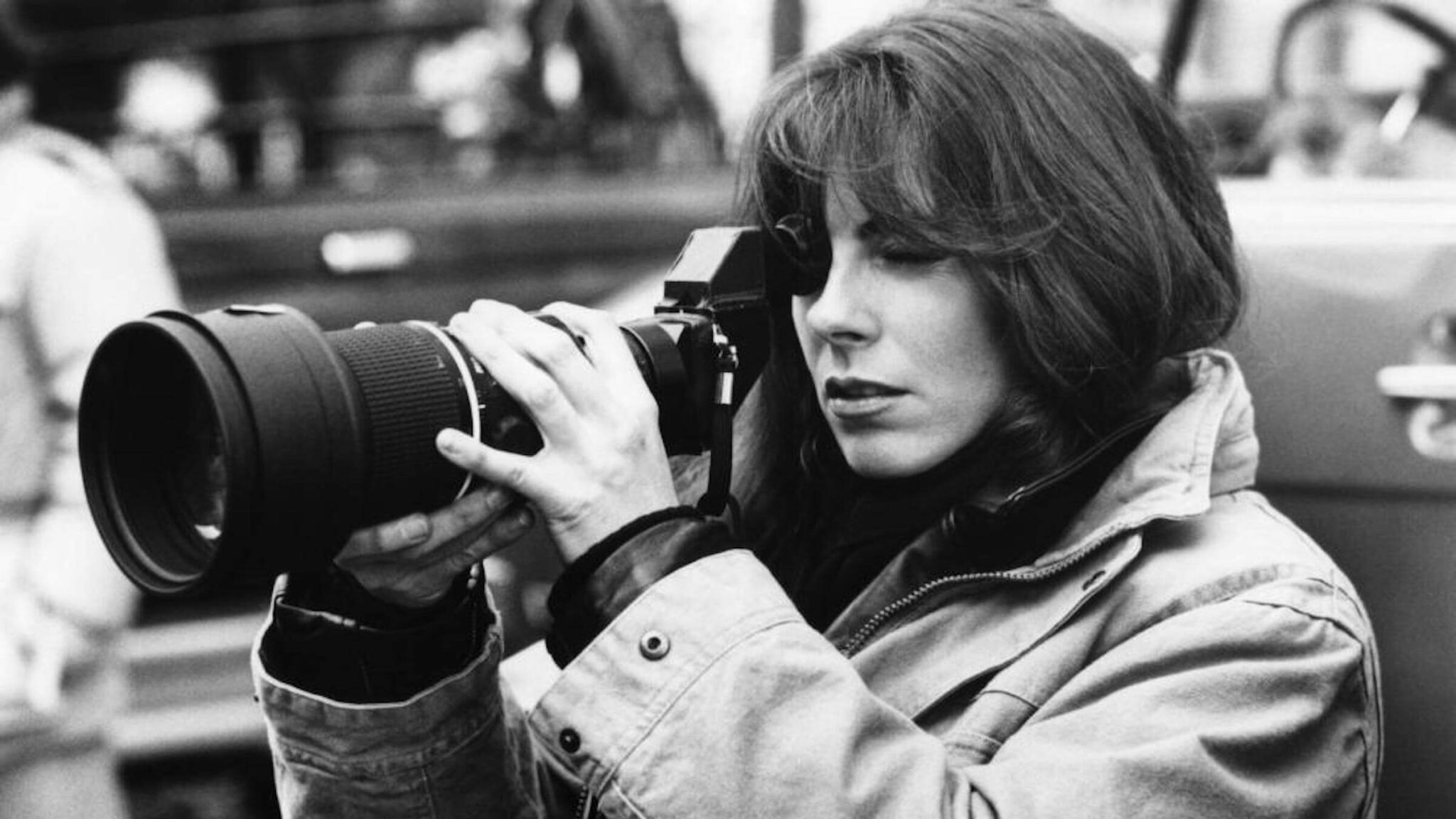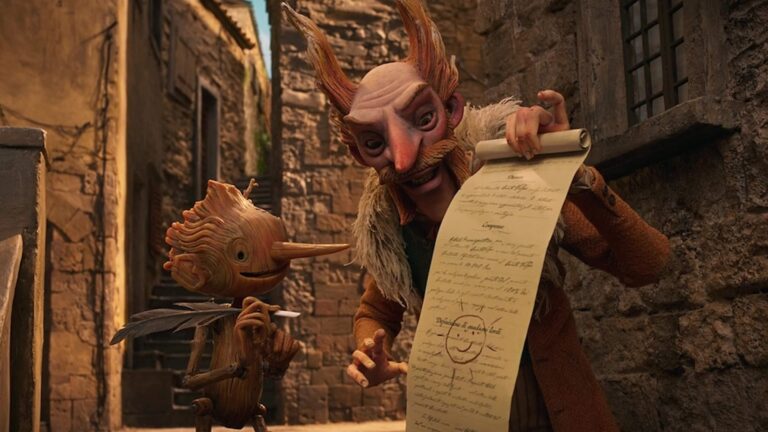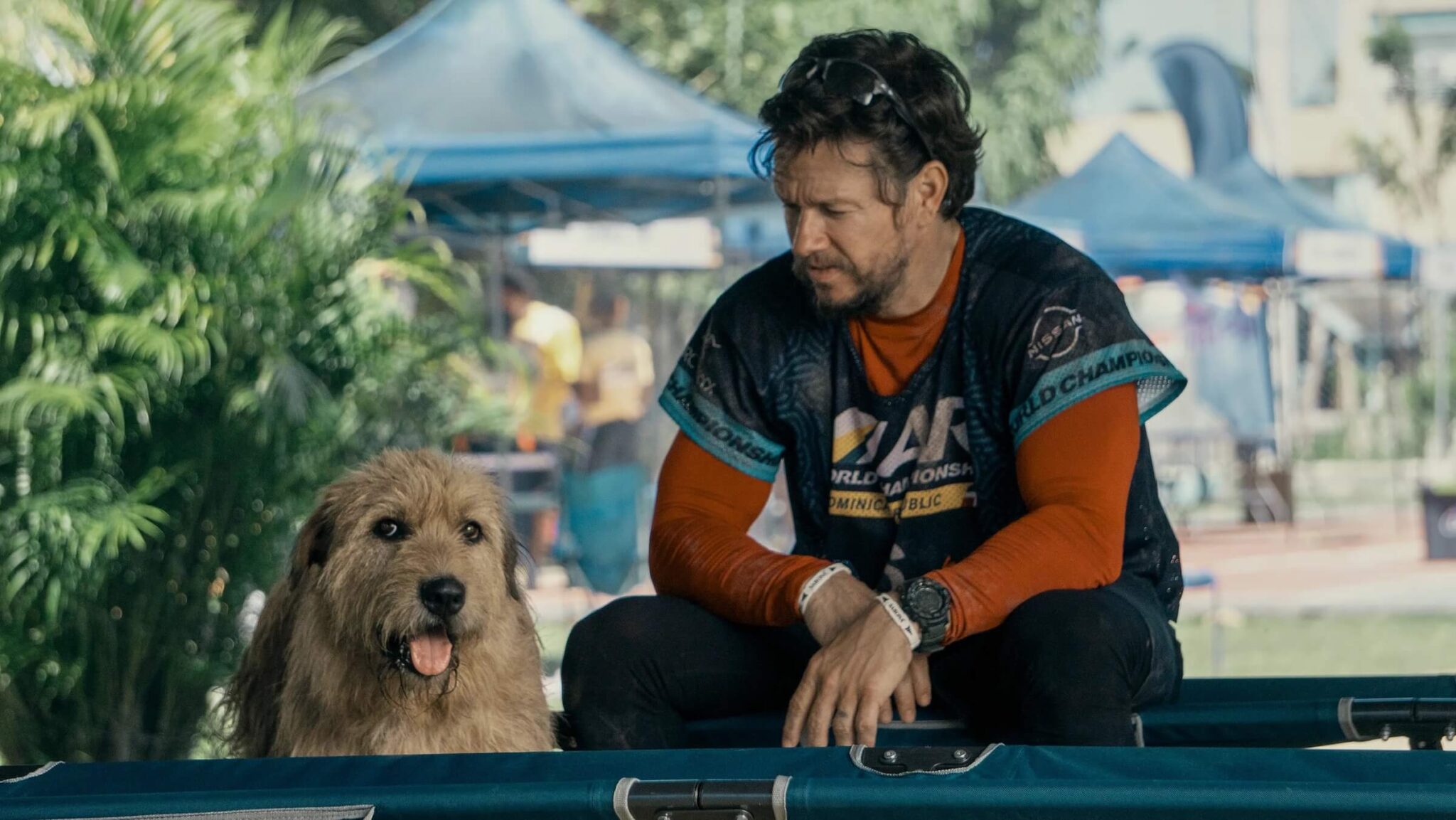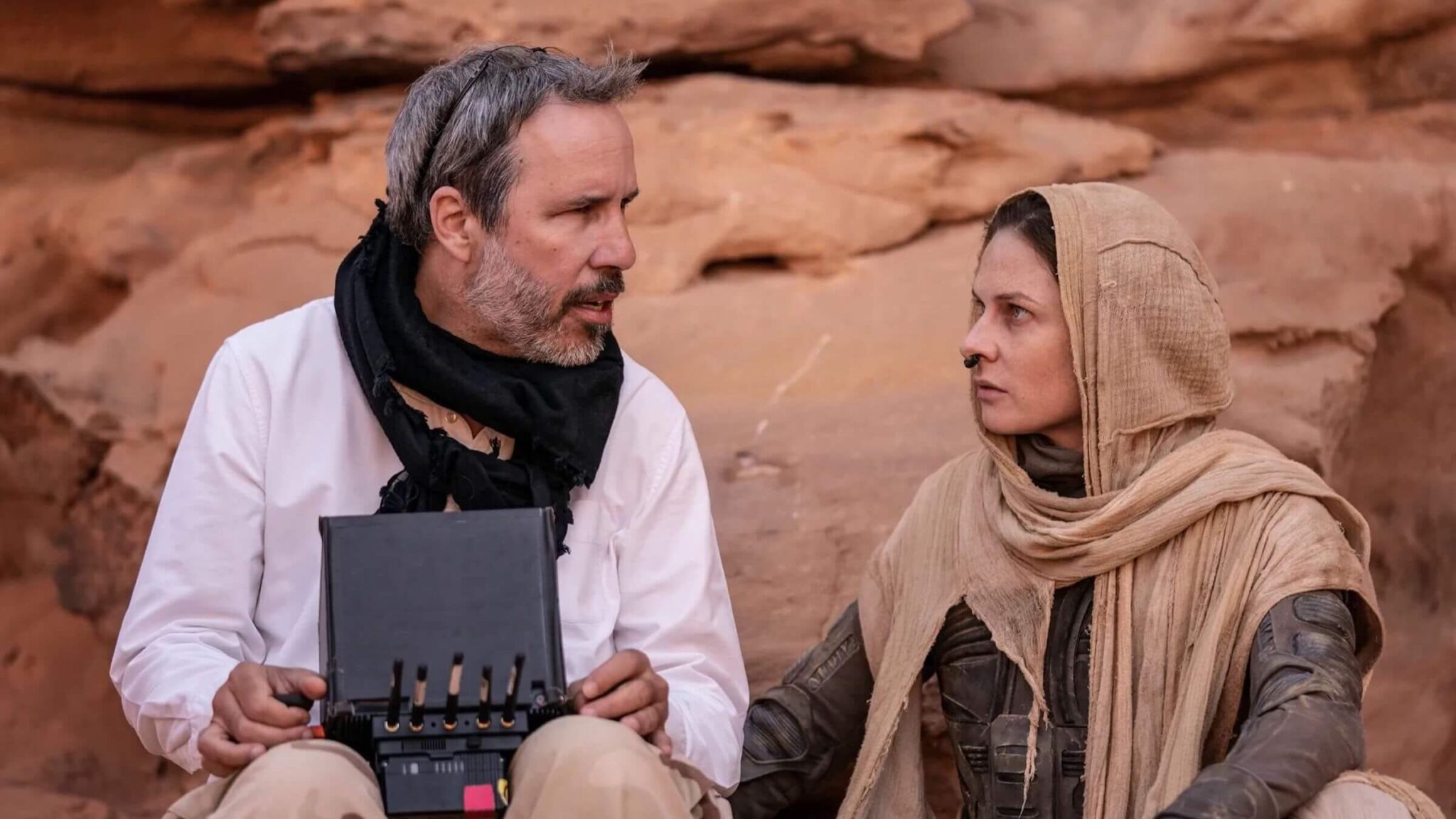
When you're reading a screenplay or watching a movie, there's nothing worse than getting hit with on-the-nose dialogue.
But what is it, why do writers fall into the trap of writing it, and how can you avoid writing it yourself?
What Is On-The-Nose Dialogue?
On-the-nose dialogue consists of dialogue lines that either state the obvious — information that we or the characters already know — or communicates exactly what the characters are thinking with little to no subtlety or subtext.
"I'm really angry with you."
"I had a difficult life growing up. My father beat me. My mother didn't love me. It's very difficult to connect with people because of that."
"I'm really sad that my best friend died."
"It's going to be very difficult breaking into that vault."
"Look, there's a car coming right at us!"
"He's got a gun."
"I really want to kiss you right now."
On-the-nose dialogue is a writer's worst crutch. It's used to convey information, inner thoughts, or inner feelings. In novels, authors can use prose — not dialogue — to communicate the latter two. But screenwriters are required to show rather than tell since they write within the confines of a visual medium.
The equivalent of literary prose in film is narration, but narration is not cinematic. It can certainly be used well in certain films (Stand By Me, The Shawshank Redemption), but only within the context of a certain type of cinematic story structure.
Read ScreenCraft's 10 Screenplay Structures That Screenwriters Can Use!
That leaves screenwriters with just three things to communicate information, inner thoughts, and inner feelings — visuals, action, and dialogue.
And the crutch that most novice screenwriters go to is often the easiest and most direct approach to convey those elements — dialogue.
Instead of writing an action that a character does to convey what they're thinking or feeling, novice screenwriters choose to simply write those types of on-the-nose dialogue lines featured above.
Instead of using visual reveals to convey information, novice screenwriters choose to relay necessary plot details through dialogue — otherwise known as bad exposition. And nine times out of ten, that exposition is information that the characters already know. The writer is merely using the dialogue as a crutch to remind audiences of that information.
"Need I remind you that your mother died when you were a child."
"That's probably why I'm so messed up."
It's easy to laugh at these examples because they seem so obvious, forced, and unrealistic — but that is what on-the-nose dialogue is.
So how do you avoid the crutch of writing this terrible type of dialogue?
Read More: The Best Pro Tactics for Writing Dialogue
Streamline Your Exposition
Let's start with avoiding bad expositional dialogue first.
Sometimes you can't escape the need to relay plot information. Not all exposition is bad. In fact, it's often quite necessary.
Exposition is comprised of those pieces of vital information — often shared in dialogue — that are necessary for the audience to know and understand in order for character arcs and plot points to make sense.
These nuggets of information usually exist outside of the direct narrative and therefore are difficult to properly insert into the story and plot in a seamless fashion without halting all story and character momentum.
The issue with exposition — whether or not it's good or bad — is that it's boring. It lacks in drama. It doesn't involve any action or suspense and has no compelling beginning, middle, or end. Exposition is just an information dump that usually slows any narrative momentum down.
The first step to avoiding writing bad exposition is to be aware of it. You need to be aware that, yes, what I need or want to communicate to the reader or audience is information involving the plot or the character. Most of the time you don't need it.
So the first question you need to ask yourself after you've written it is, "Do I really need it? Is it pivotal to the plot, story, or characters?"
Once you've established that you need some of it, you now have to figure out how to convey that exposition without that on-the-nose informational dialogue dump that readers and audiences dread.
ScreenCraft's Three Easy Ways to Write GOOD Exposition in Your Scripts offers the best tips on how to turn what could be disastrously bad exposition into great cinematic craftsmanship.
- Spread Exposition Thin, Not Thick and Trust and Respect the Audience — avoid using monologues, extended scenes and sequences, and undramatic moments of characters reading information aloud (including background characters like newscasters). Instead, spread necessary information thin with a line or two of dialogue here and there. And remember to trust that the reader and audience will pick up on information nuggets you inject into your script along the way.
- Inject Exposition into Compelling, Engaging, and Surprising Moments and Reveals — When you incorporate visuals and actions into scenes that require information dumps, you're offering compelling and engaging moments to accompany the exposition you need to share (click on the above link for a perfect example from Christopher Nolan's Inception)
- Have Characters Argue About the Exposition — If you need to use dialogue to convey exposition, the easy fix avoid writing boring on-the-nose dialogue is to create conflict by having two or more characters react differently to the shared or revealed information. Let that information cause conflict between two or more characters. You've now killed two birds with one stone. You've given the reader or audience the information they need and you've done so by creating a memorable moment of conflict between two characters. And in screenwriting, conflict is everything.
Streamlining your exposition is the key to avoiding on-the-nose information dumps in your dialogue.
Be Subtle and Use Subtext
Subtlety and Subtext are important because they are the opposite of bad on-the-nose dialogue, which hits you right on the, well, nose. It's in your face and completely obvious.
Be subtle and use subtext to enhance every scene that you write.
Subtext reveals what characters are thinking and feeling — those inner thoughts and inner feelings — without them outright sharing those character elements through dialogue.
In Good Will Hunting, Will is brought into Sean's office. We know he doesn't want to be there. But he never once says, "I don't want to be here."
We know that he doesn't think he needs help also. But he never once says, "I don't need to go to therapy."
Instead, he uses subtlety and subtext to convey his thoughts and feelings.
And you'll notice towards the end of this scene that Sean is clearly affected by Will's words regarding his wife. Not once does Sean say, "My wife died of cancer. I'm still angry about it. It's a sensitive subject."
Instead, he uses action and subtext as he forcibly pins Will against the wall with his hand to Will's throat and explains, "If you ever disrespect my wife again, I will end you. I will f***ing end you!"
It's clear that something has happened to his wife. This is confirmed during a non-dialogue scene showing Sean living in a small apartment, alone and somewhat sad. It's clear that it's a sensitive subject and he's still angry about it. But never, not once, was that information, thought, or feeling shared through dialogue.
Write Off-The-Nose Dialogue
One way to avoid the on-the-nose dialogue pitfall is to write dialogue that seemingly has nothing to do with how the characters are really feeling. The Good Will Hunting scene is a perfect example of that.
Will never shares his inner thoughts or inner feelings. He never even talks about himself, despite Sean doing his best to get him to do so.
Writing off-the-nose dialogue is about conjuring dialogue that plays against the intended emotion of the situation. If your characters are at a funeral, don't have them sharing their feelings about the deceased. Instead, have them talking about anything but those emotions and feelings.
Have them talk about the football game they're missing, the food at the reception, or the movie they just watched.
Then you can sprinkle in those subtle forms of subtext.
Take this scene from The Big Chill. The characters are traveling in a funeral procession for their best from college that committed suicide. A lesser script would have each character exchange talking directly about the deceased in obvious form.
Instead, the characters are revealing themselves, relationships, and histories through actions, visual cues, and off-the-nose dialogue. Or outright silence. That subtle subtext is sprinkled through each exchange.
So sometimes the best way to avoid writing on-the-nose dialogue is to have the characters talk about anything but their inner thoughts and inner feelings.
When In Doubt, Use Actions, Reactions, and Visuals Instead
Since film is a visual medium, showing instead of telling is often the best choice to make.
We'd rather see a character cry than hear them say, "I'm sad."
We'd rather see a character punch their fist through a wall than hear them say, "I'm mad."
We'd rather hear a character scream or see them hide in fear than hear them say, "I'm scared."
The true key is to cut down the dialogue as much as you can in your screenplays. Use one sentence to convey a piece of information, a thought, or a feeling instead of a whole scene or page. And when in doubt, use actions, reactions, and visuals instead.
When On-The-Nose Dialogue Works
Believe it or not, obvious statements uttered by characters can sometimes work, but only when used few and far between.
In Up In the Air, Alex says to Ryan, "Well, call me when you're lonely."
His immediate response?
"I'm lonely."
It's shocking because we don't expect a character like Ryan to ever admit to being lonely. And there's clever subtext to that line delivery as well. It's a reveal. We're surprised to see this confident and successful man that doesn't commit to anything or anyone utter those words.
In Good Will Hunting, Sean confronts Will during their last session by saying a single obvious line, "It's not your fault."
We know this. We understand what Will has been through so this is obvious information. However, the repeated line is used as a way to connect with him. With each delivery, Sean peels through a defensive layer.
In Network, Howard Beale screams the line, "I'm mad as hell, and I'm not going to take this anymore!"
Out of the context of that film, the line reads like a perfect example of terrible on-the-nose dialogue. But within the context of the film, it's a moment that he builds to, which then becomes a message about life, society, and what he (and everyone) is feeling in the world they're living in.
In The Blair Witch Project, Heather unleashes a long on-the-nose monologue, which includes the line, "I'm so scared." However, this moment is her recorded apology meant for anyone that finds the footage. So in the context of that scene, it works.
Sometimes those lines of on-the-nose dialogue work. But only in the context of great timing, irony, creativity. Never as a crutch.
Dialogue is a difficult thing to master — and most never fully do. But what you can accomplish is identifying the problem areas where your dialogue fails most. And a majority of the time, your dialogue fails most when you're using it as a crutch to convey information, inner thoughts, and inner feelings.
Streamline your exposition. Be subtle and use subtext. Replace on-the-nose dialogue with off-the-nose choices. Use actions, reactions, and visuals whenever you can. And use those great lines that hit the nail on the head in well-timed, ironic, funny, or creative ways.
Read ScreenCraft's The Single Secret of Writing Great Dialogue!
Ken Miyamoto has worked in the film industry for nearly two decades, most notably as a studio liaison for Sony Studios and then as a script reader and story analyst for Sony Pictures.
He has many studio meetings under his belt as a produced screenwriter, meeting with the likes of Sony, Dreamworks, Universal, Disney, Warner Brothers, as well as many production and management companies. He has had a previous development deal with Lionsgate, as well as multiple writing assignments, including the produced miniseries Blackout, starring Anne Heche, Sean Patrick Flanery, Billy Zane, James Brolin, Haylie Duff, Brian Bloom, Eric La Salle, and Bruce Boxleitner. Follow Ken on Twitter @KenMovies
For all the latest ScreenCraft news and updates, follow us on Twitter, Facebook, and Instagram.
Tags
Get Our Screenwriting Newsletter!
Get weekly writing inspiration delivered to your inbox - including industry news, popular articles, and more!








